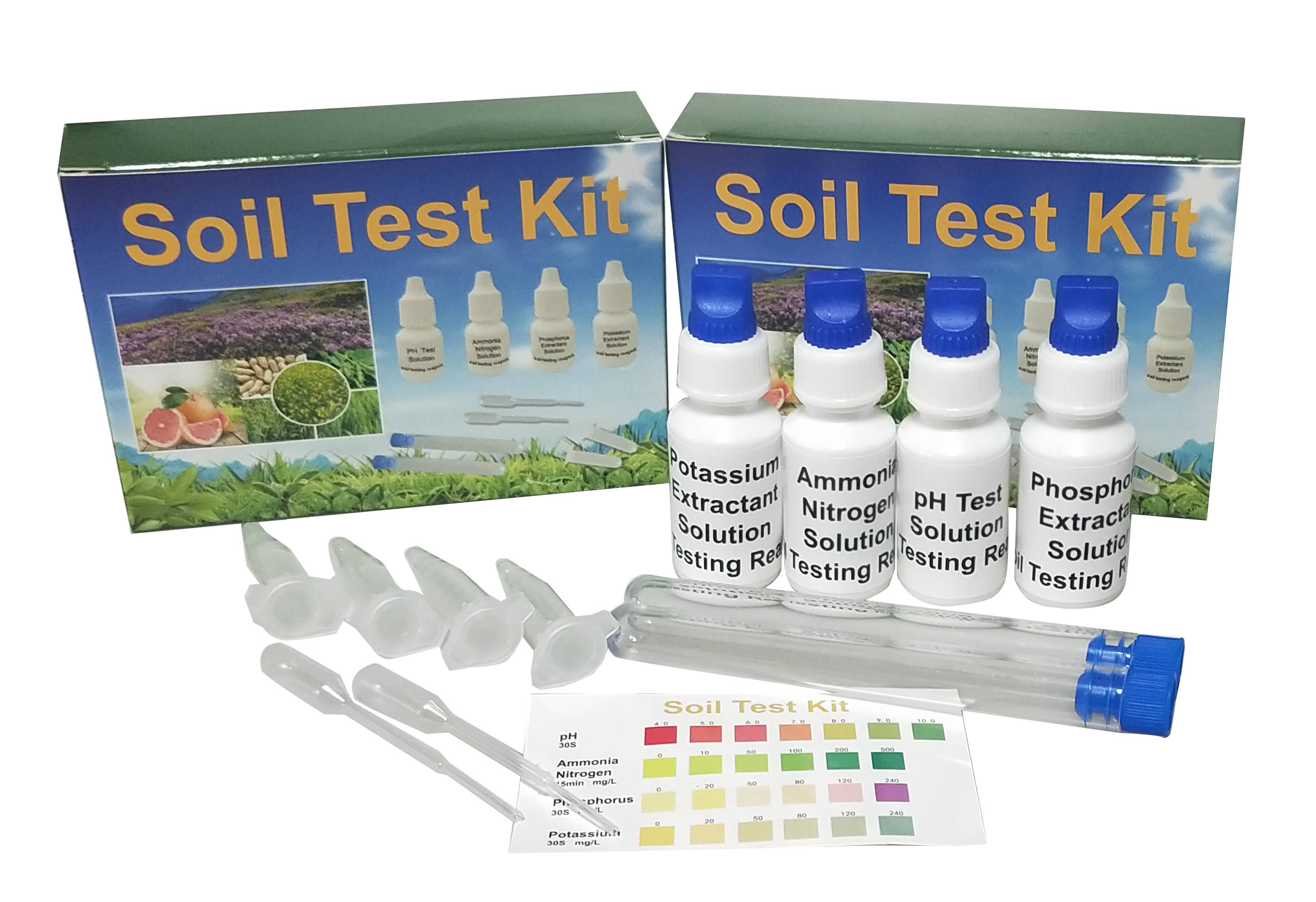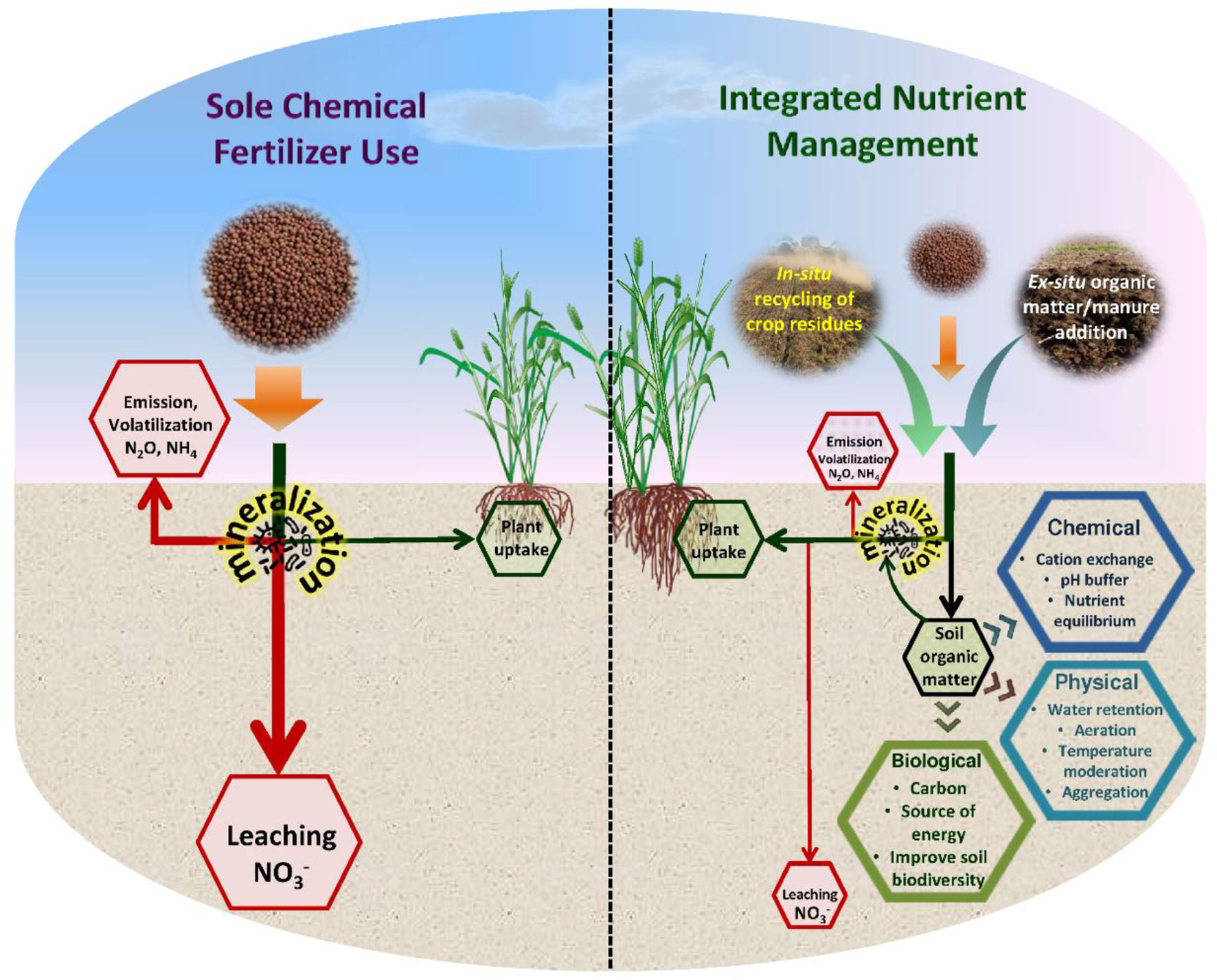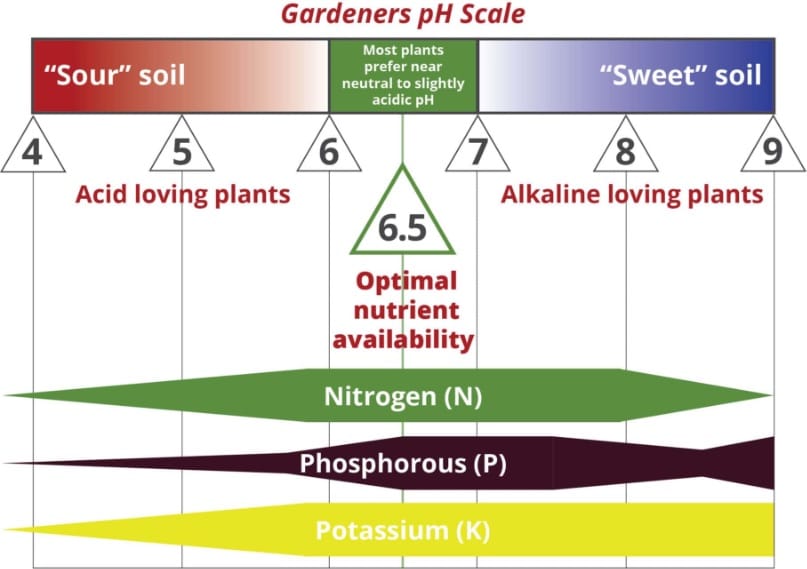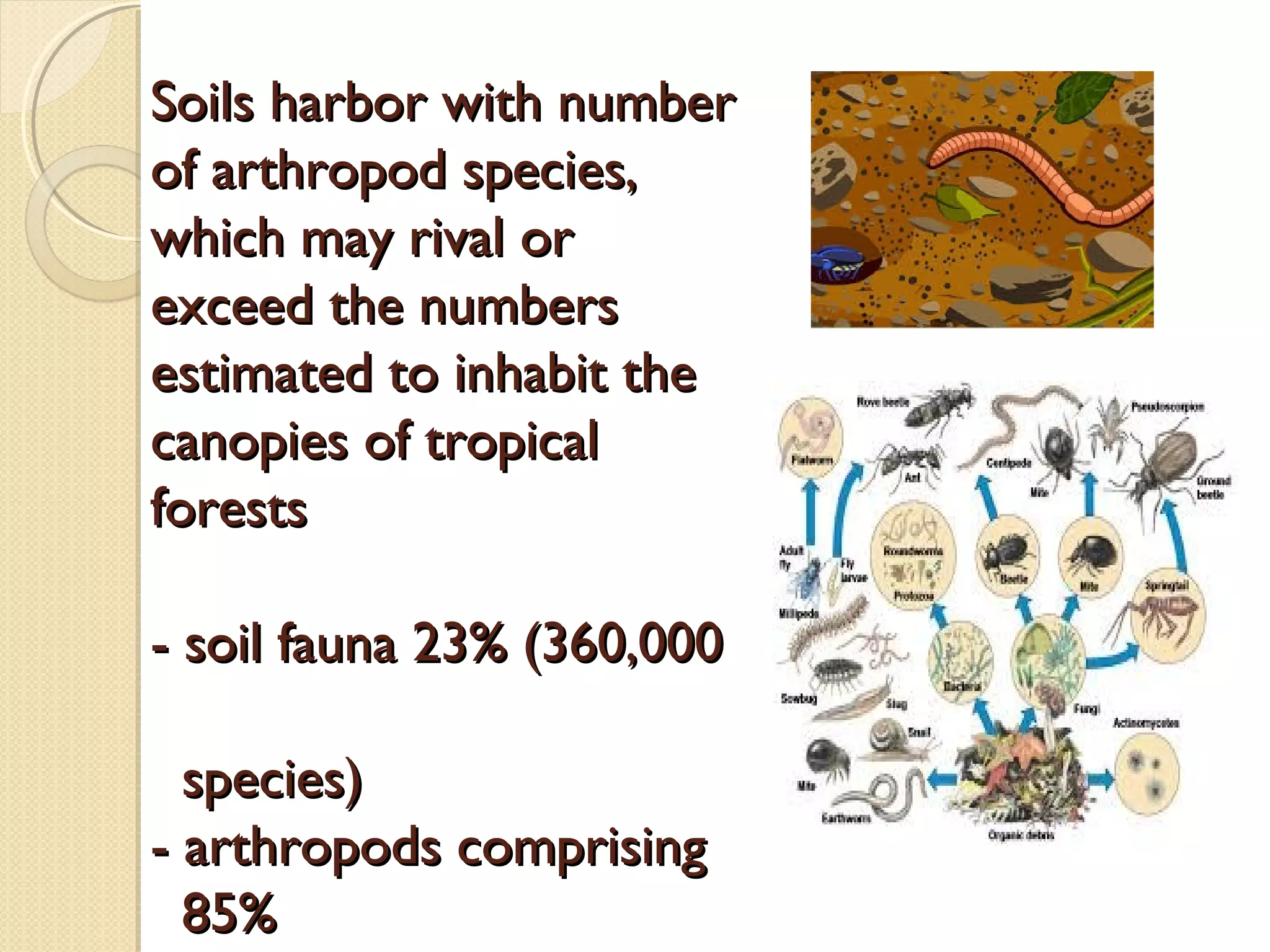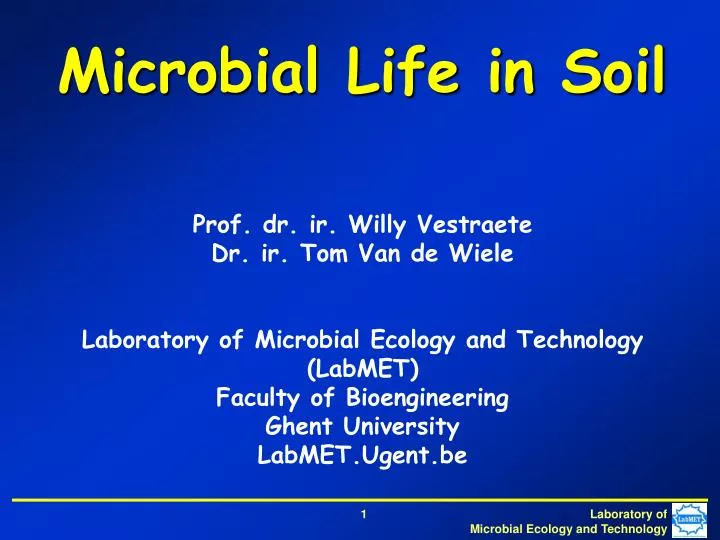
Introduction: The Unseen Universe Beneath Our Feet
Imagine a world teeming with life, a bustling metropolis of organisms working tirelessly, all hidden beneath the surface of the earth. This isn’t some far-off planet; it’s the soil beneath our feet, and it’s alive with microbial life. This hidden universe, often overlooked, is crucial to the health of our planet and the sustainability of our food systems. Understanding soil microbial life is no longer just an academic pursuit; it’s a necessity for anyone concerned about the future of agriculture, environmental conservation, and even human health.
For centuries, we’ve focused on the visible aspects of soil – its texture, color, and nutrient content. However, the true magic lies in the microscopic realm, where bacteria, fungi, archaea, protozoa, and viruses engage in a complex web of interactions that drive essential ecosystem processes. These tiny organisms are the unsung heroes of our planet, silently working to cycle nutrients, decompose organic matter, suppress diseases, and promote plant growth. Without them, life as we know it would be impossible.
This comprehensive guide delves into the fascinating world of soil microbial life, exploring its diversity, functions, and importance. We’ll uncover the secrets of these microscopic communities, examining their roles in nutrient cycling, soil structure, disease suppression, and plant health. We’ll also discuss the factors that influence their activity, from soil management practices to climate change, and explore strategies for harnessing their power to create healthier, more sustainable ecosystems.</p
The Diversity of Soil Microbes: A Microscopic Zoo
The sheer diversity of soil microbial life is staggering. A single gram of soil can contain billions of individual organisms, representing thousands of different species. This incredible biodiversity is what makes soil such a resilient and dynamic ecosystem. Let’s take a closer look at some of the major players in this microscopic zoo:</p
Bacteria: The Tiny Titans of the Soil
Bacteria are the most abundant and diverse group of microorganisms in soil. They are single-celled organisms that play a vital role in nutrient cycling, particularly nitrogen fixation, which converts atmospheric nitrogen into a form that plants can use. Some bacteria are also involved in the decomposition of organic matter, releasing nutrients back into the soil. Others can solubilize phosphorus, making it more available to plants. Certain types of bacteria can even degrade pollutants, helping to clean up contaminated soils.
Fungi: The Architects of the Soil Food Web
Fungi are another essential component of soil microbial communities. They are eukaryotic organisms, meaning they have a nucleus and other complex cellular structures. Fungi play a crucial role in decomposition, breaking down complex organic molecules like lignin and cellulose. They also form symbiotic relationships with plants, called mycorrhizae, which help plants absorb nutrients and water from the soil. Mycorrhizal fungi can extend the reach of plant roots, increasing their access to resources. They also improve soil structure by binding soil particles together.
Archaea: The Extremophiles of the Soil
Archaea are a group of microorganisms that are often found in extreme environments, such as hot springs and salt marshes. However, they are also present in soil, where they play a role in nutrient cycling and decomposition. Some archaea are involved in nitrification, the conversion of ammonia to nitrate, while others are involved in methane production. Although often overlooked, archaea are an important part of the soil microbial community.
Protozoa: The Predators of the Soil
Protozoa are single-celled eukaryotic organisms that feed on bacteria, fungi, and other microorganisms in the soil. They play a role in regulating microbial populations and releasing nutrients back into the soil through predation. Protozoa can also improve soil structure by creating pores and channels as they move through the soil.
Viruses: The Regulators of Microbial Life
Viruses are often thought of as agents of disease, but they also play an important role in regulating microbial populations in the soil. Viruses can infect bacteria, fungi, and other microorganisms, killing them or altering their behavior. This can help to maintain a balance within the microbial community and prevent any one group from dominating. Viruses are also involved in the transfer of genetic material between microorganisms, which can lead to the evolution of new traits.</p
The Functions of Soil Microbes: A Symphony of Activity
Soil microbes perform a wide range of functions that are essential for ecosystem health and plant growth. These functions can be broadly categorized into nutrient cycling, decomposition, soil structure, disease suppression, and plant growth promotion.
Nutrient Cycling: The Engine of Life
Nutrient cycling is the process by which nutrients are converted from one form to another and made available to plants. Soil microbes play a critical role in this process, transforming organic forms of nutrients into inorganic forms that plants can absorb. For example, bacteria are involved in nitrogen fixation, converting atmospheric nitrogen into ammonia, which plants can use to build proteins and other essential molecules. Fungi are involved in phosphorus solubilization, releasing phosphorus from mineral forms and making it available to plants. Microbes also decompose organic matter, releasing nutrients like nitrogen, phosphorus, and potassium back into the soil.
Decomposition: The Recycling Masters
Decomposition is the breakdown of organic matter into simpler compounds. Soil microbes are the primary agents of decomposition, breaking down plant residues, animal waste, and other organic materials. This process releases nutrients back into the soil and helps to build soil organic matter, which is essential for soil health. Fungi are particularly important in the decomposition of complex organic molecules like lignin and cellulose, which are difficult for other organisms to break down.
Soil Structure: The Foundation of Life
Soil structure refers to the arrangement of soil particles into aggregates. Good soil structure is essential for water infiltration, aeration, and root growth. Soil microbes play a key role in improving soil structure by producing polysaccharides, which act as a glue to bind soil particles together. Fungi also contribute to soil structure by forming hyphae, which are thread-like structures that physically bind soil particles together. Improved soil structure enhances water infiltration and water-holding capacity, reduces erosion, and improves root penetration.
Disease Suppression: The Natural Defenders
Soil microbes can suppress plant diseases by competing with pathogens for resources, producing antibiotics, and inducing systemic resistance in plants. Some bacteria and fungi are antagonistic to plant pathogens, meaning they can directly inhibit their growth or kill them. Others can stimulate the plant’s own defense mechanisms, making it more resistant to disease. Suppressive soils are soils that naturally suppress plant diseases due to the presence of beneficial microorganisms. Understanding the mechanisms of disease suppression can help us develop more sustainable strategies for disease management.
Plant Growth Promotion: The Silent Boosters
Soil microbes can promote plant growth by producing plant hormones, solubilizing nutrients, and improving nutrient uptake. Some bacteria produce plant hormones like auxins and gibberellins, which stimulate root growth and shoot elongation. Mycorrhizal fungi can improve nutrient uptake by extending the reach of plant roots and increasing their access to phosphorus and other nutrients. Certain microbes can also fix nitrogen, providing plants with a readily available source of this essential nutrient.
Factors Influencing Soil Microbial Life: A Delicate Balance
The activity and diversity of soil microbial life are influenced by a variety of factors, including soil type, pH, moisture content, temperature, organic matter content, and management practices. Understanding these factors is crucial for managing soil microbial communities and maximizing their benefits.
Soil Type: The Foundation of Microbial Habitat
Soil type influences the physical and chemical properties of the soil, which in turn affects the types of microorganisms that can thrive. Sandy soils tend to be well-drained and aerated, but they have low water-holding capacity and nutrient content. Clay soils, on the other hand, have high water-holding capacity and nutrient content, but they can be poorly drained and compacted. Loam soils, which are a mixture of sand, silt, and clay, are generally considered to be the most suitable for microbial life.
pH: The Acidity-Alkalinity Spectrum
Soil pH affects the availability of nutrients and the activity of enzymes, which in turn influences microbial growth. Most bacteria and fungi prefer a neutral pH (around 7), but some can tolerate acidic or alkaline conditions. Extreme pH levels can inhibit microbial activity and reduce the diversity of the microbial community.
Moisture Content: The Elixir of Life
Soil moisture is essential for microbial growth and activity. Microbes need water to transport nutrients, carry out metabolic processes, and maintain cell turgor. Too little water can limit microbial activity, while too much water can lead to anaerobic conditions, which can inhibit the growth of aerobic microorganisms. The optimal moisture content for microbial activity varies depending on the soil type and the specific microorganisms involved.
Temperature: The Thermostat of Microbial Activity
Soil temperature affects the rate of microbial metabolism. Microbes have an optimal temperature range for growth and activity, and temperatures outside this range can inhibit or even kill them. In general, microbial activity increases with temperature up to a certain point, after which it begins to decline. Temperature also affects the decomposition of organic matter, with higher temperatures generally leading to faster decomposition rates.
Organic Matter Content: The Fuel for the Microbial Engine
Soil organic matter is the primary food source for soil microbes. It provides them with the energy and nutrients they need to grow and reproduce. Soils with high organic matter content tend to have a more diverse and active microbial community than soils with low organic matter content. Organic matter also improves soil structure, water-holding capacity, and nutrient retention.
Management Practices: The Human Influence
Soil management practices can have a profound impact on soil microbial life. Tillage, fertilization, irrigation, and pesticide application can all affect the activity and diversity of the microbial community. Tillage can disrupt soil structure and reduce organic matter content, while fertilization can alter nutrient availability and pH. Irrigation can affect soil moisture content and aeration, and pesticide application can directly kill or inhibit the growth of microorganisms. Sustainable management practices, such as no-till farming, cover cropping, and organic amendments, can promote soil microbial life and improve soil health.
Harnessing the Power of Soil Microbes: Sustainable Solutions
Understanding the role of soil microbes is not just an academic exercise; it has practical implications for agriculture, environmental conservation, and human health. By harnessing the power of soil microbes, we can develop more sustainable and resilient ecosystems.
Sustainable Agriculture: A Microbial Revolution
Soil microbes can play a key role in sustainable agriculture by improving nutrient cycling, suppressing diseases, and promoting plant growth. By adopting practices that promote soil microbial life, such as no-till farming, cover cropping, and organic amendments, we can reduce our reliance on synthetic fertilizers and pesticides, improve soil health, and increase crop yields. Inoculating crops with beneficial microorganisms, such as mycorrhizal fungi and nitrogen-fixing bacteria, can also enhance plant growth and nutrient uptake.
Environmental Conservation: A Microbial Cleanup Crew
Soil microbes can be used to remediate contaminated soils and restore degraded ecosystems. Certain microbes can degrade pollutants, such as pesticides, herbicides, and heavy metals, while others can help to stabilize soil and prevent erosion. Phytoremediation, which uses plants to remove pollutants from the soil, can be enhanced by the presence of beneficial microorganisms in the soil. By harnessing the power of soil microbes, we can clean up contaminated sites and restore degraded ecosystems.
Human Health: A Microbial Connection
The soil microbiome is increasingly recognized as an important factor in human health. Exposure to soil microbes can help to train the immune system and reduce the risk of allergies and autoimmune diseases. Eating fruits and vegetables grown in healthy soils can also provide us with beneficial microorganisms that can improve our gut health. By understanding the connection between soil microbes and human health, we can make informed choices about our diet and lifestyle to promote our well-being.
The Future of Soil Microbial Research: Exploring the Unknown
Despite the progress that has been made in understanding soil microbial life, there is still much that we don’t know. The vast majority of soil microorganisms have not yet been identified or characterized, and their roles in ecosystem processes are still poorly understood. Future research will focus on identifying and characterizing new microorganisms, understanding their interactions with other organisms and the environment, and developing new technologies for harnessing their power. Metagenomics, which involves sequencing the DNA of all the microorganisms in a sample, is a powerful tool for exploring the diversity of soil microbial communities. Metaproteomics, which involves analyzing the proteins produced by soil microorganisms, can provide insights into their metabolic activities. By combining these and other advanced techniques, we can unlock the secrets of the soil microbiome and develop new solutions for sustainable agriculture, environmental conservation, and human health.
Conclusion: Embracing the Microscopic World
Soil microbial life is a vital component of our planet’s ecosystems, playing a crucial role in nutrient cycling, decomposition, soil structure, disease suppression, and plant growth. Understanding the diversity, functions, and importance of soil microbes is essential for creating healthier, more sustainable ecosystems. By adopting practices that promote soil microbial life, we can improve soil health, reduce our reliance on synthetic inputs, and enhance the resilience of our food systems. As we continue to explore the mysteries of the soil microbiome, we will undoubtedly uncover new and innovative ways to harness its power for the benefit of humanity and the planet.
